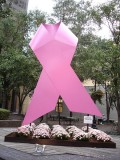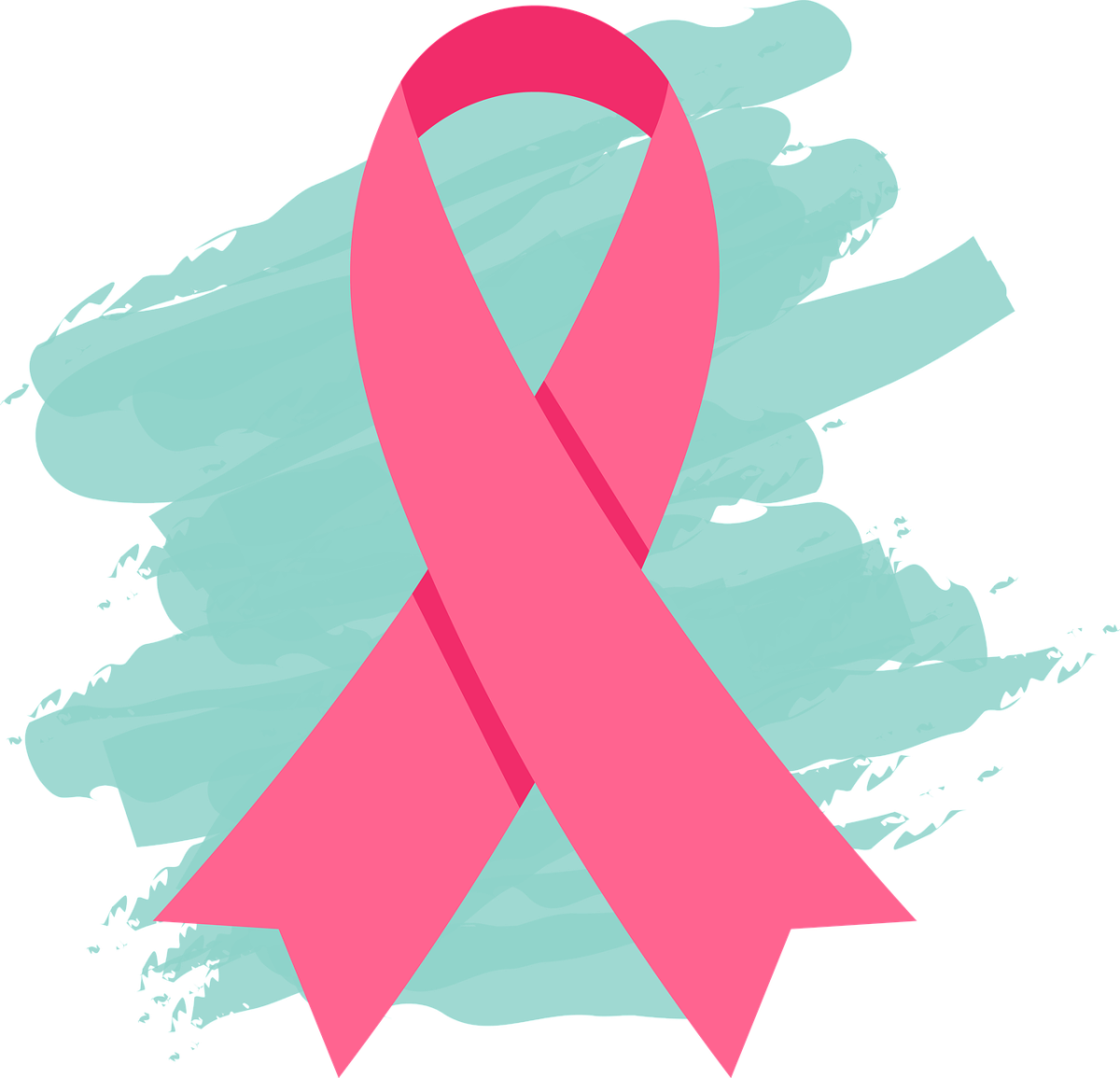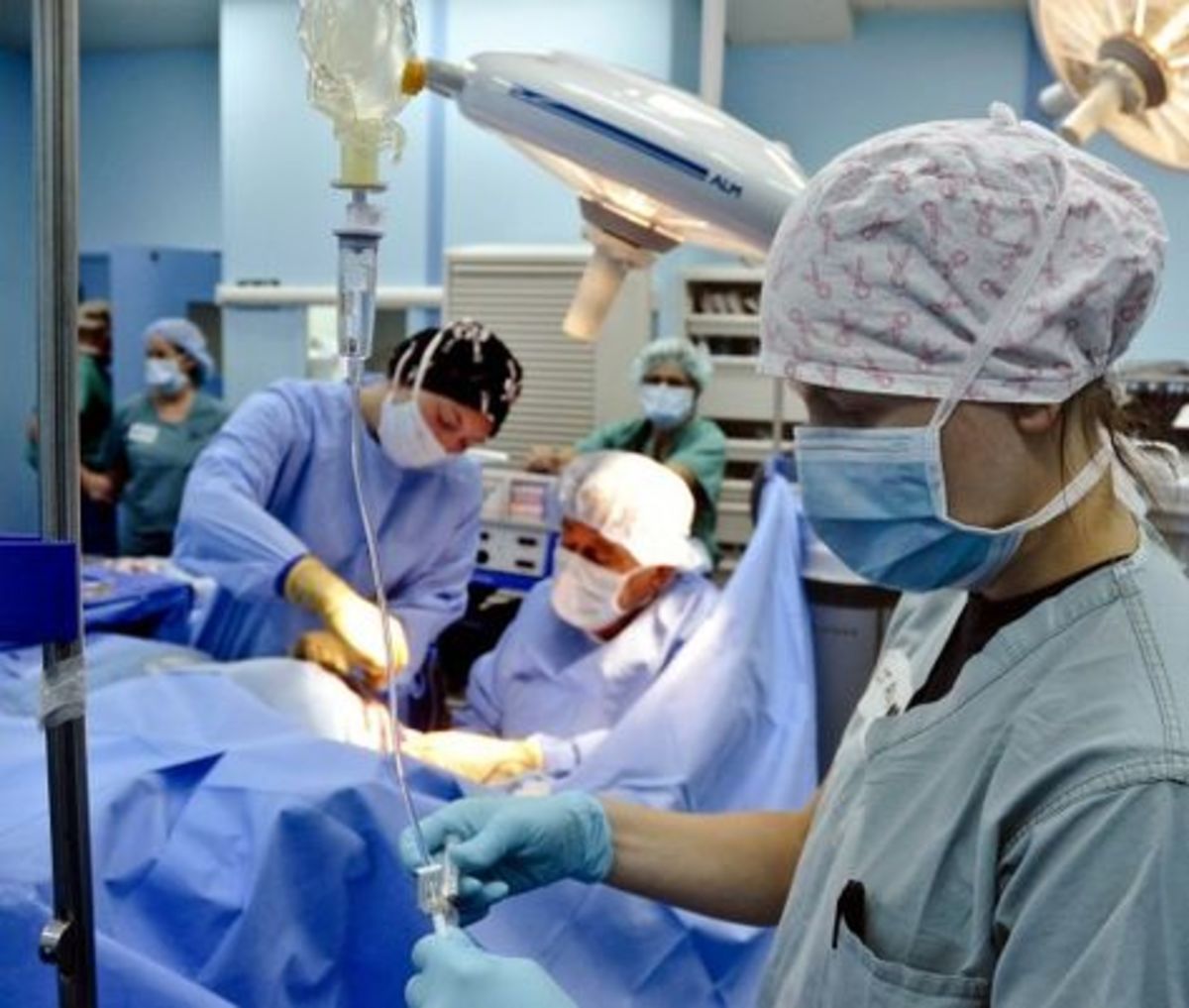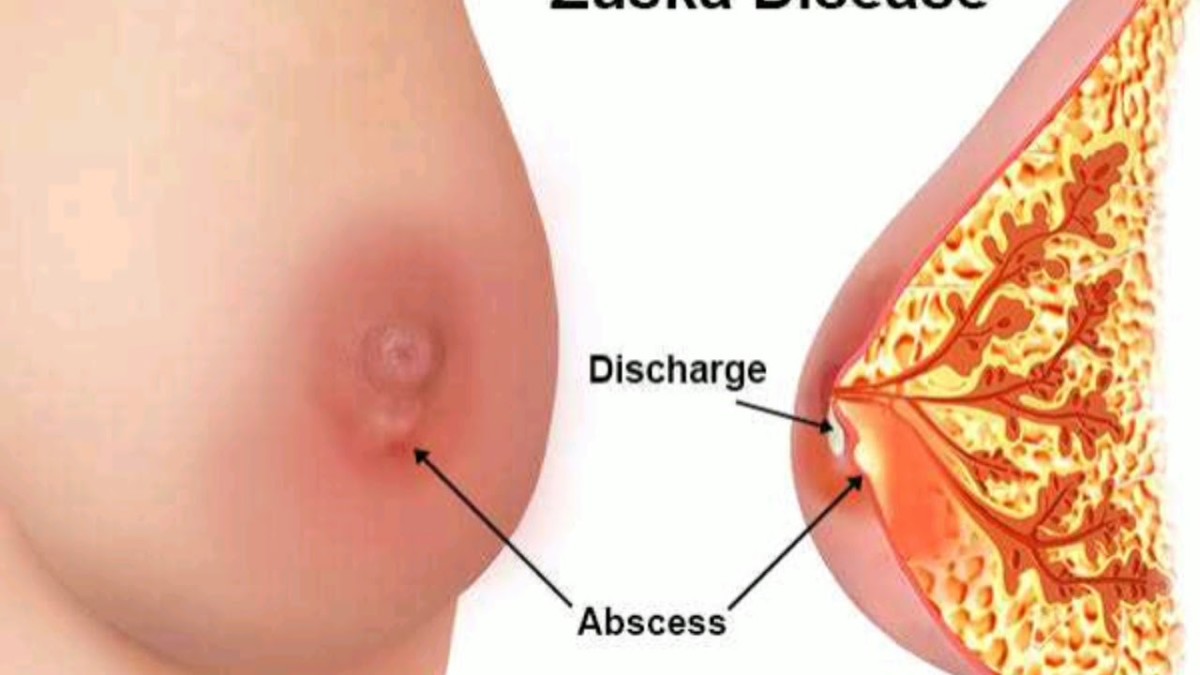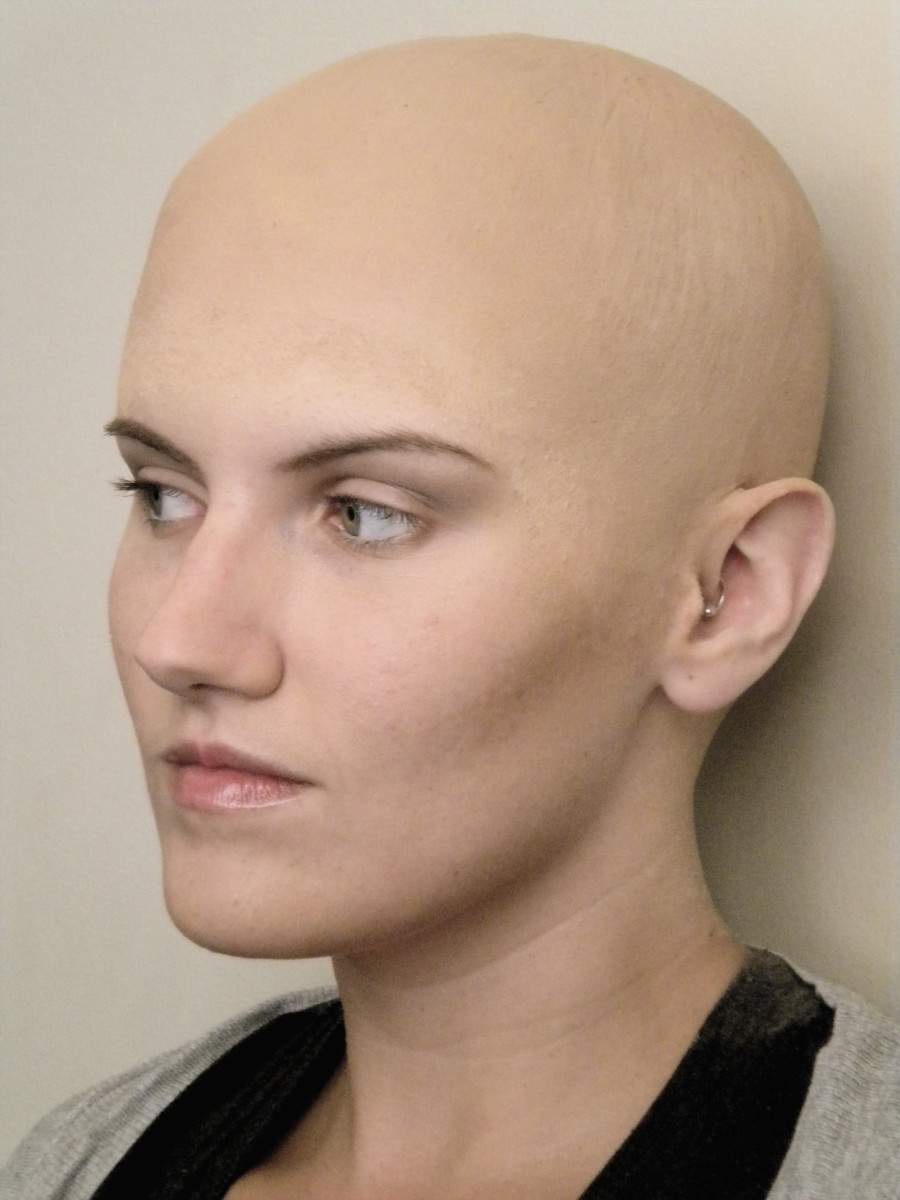Phyllodes Tumor, a peculiar breast tumor
This peculiar tumor exhibits a spectrum of behavior, ranging from the benign to the malignant.
Phyllodes (meaning leave-like) tumors are rare breast tumors. They account for less than 1% of all breast tumors. The condition was first described by Johannes Muller in 1838. It affects women almost exclusively. It tends to occur in women aged between 40 and 50, but can occasionally be found in adolescence. This peculiar tumor exhibits a spectrum of behavior, ranging from the benign to the malignant. Doctors classify the disease as benign, borderline and malignant depending on how malignant its features are in the particular situation.
Clinically, it presents as a breast lump which grows rapidly. When it is large, it gives the overlying skin dilated veins, a bluish discoloration and pressure related skin changes. Imaging studies and even fine needle aspiration may not be adequate to establish the diagnosis, which is often made by excisional biopsy (removal of the lump).
Some doctors suggest removal of the tumor with a resection margin of 1cm to improve control of the disease. Simple mastectomy (removal of the whole breast) is indicated for very large tumors or for the tumors exhibiting malignant features. Axillary dissection (removal of lymph nodes in the arm-pit) is usually not required even in case of malignant phyllodes tumor, in contrast to breast cancer. Local recurrence rate is around 15%. Malignant histological (tissue appearance) type and large size of the tumor increase the chance of local recurrence.
Dr Benson Yeung's related hub: How To Treat A Breast Fibroadenoma
MRI image of Phyllodes Tumor
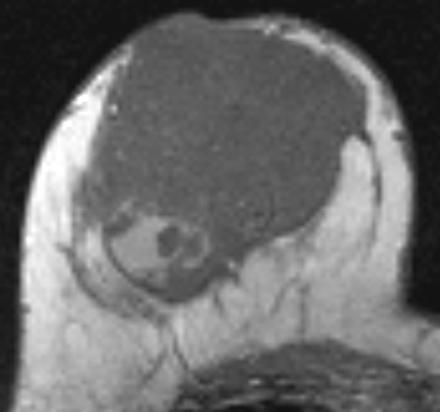

![WHO Classification of Tumours of the Breast [OP] (Medicine)](https://m.media-amazon.com/images/I/51DhGvfd18L._SL160_.jpg)

